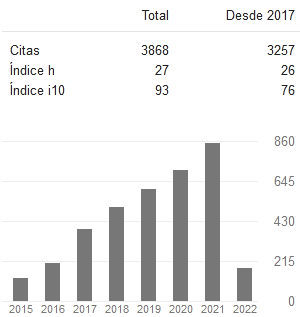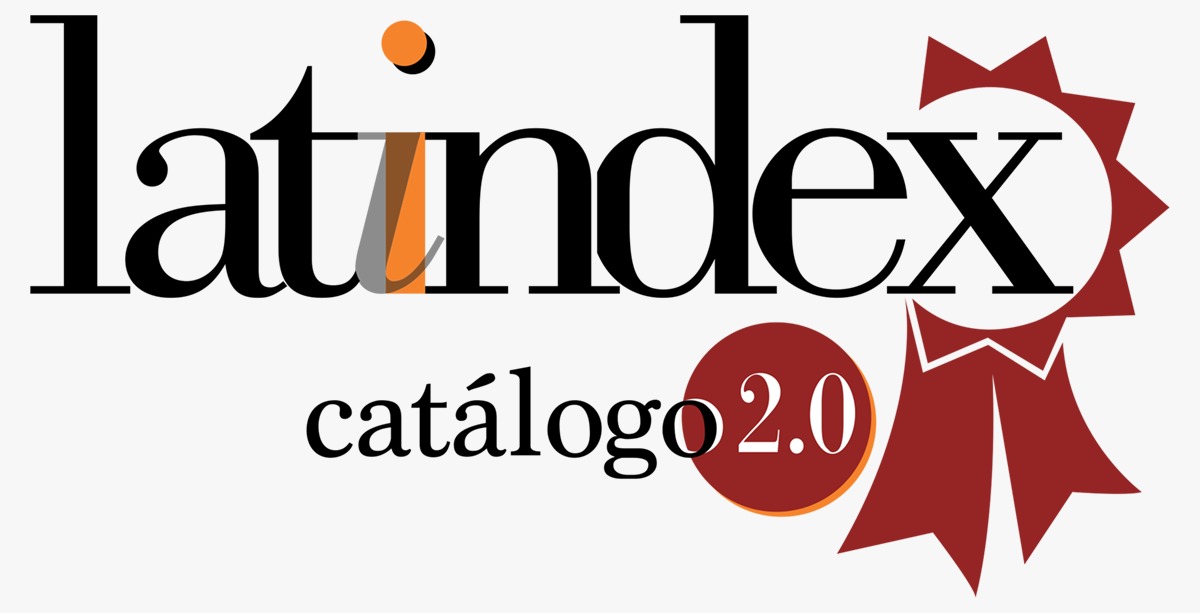VIRTUAL LEARNING OBJECTS IN THE PHYSICS TEACHING FOR THE MECHANICAL ENGINEER MAJOR. CURRENT SITUATION IN SOME UNIVERSITIES OF CUBA
Keywords:
virtual learning objects; teaching-learning; mechanical engineerAbstract
This work deals with the problems that the teaching-learning process of physics at the Cuban universities is facing. A diagnosis that provides the causes of the lack of the use of virtual learning objects by the students and professors at the University of Holguín is offered. The general objective is to show the need of using virtual comprehensive objects with constructivist approach that foster the individual and contributing learning. Finally, Data of the different virtual resources for learning that are used currently for the teaching of physics in the Mechanical Engineering Major of the country are supplied.
Downloads
References
Astudillo, G. (2011). Análisis del estado del arte de los objetos de aprendizaje. Revisión de su definición y sus posibilidades. Tesis para grado de Especialista en “Tecnología Informática Aplicada en Educación”. Facultad de Informática - Universidad Nacional de La Plata. Argentina.
Barrera, J. (2003). Estrategia pedagógica para el desarrollo de las habilidades investigativas de los estudiantes de ciencias técnicas. Tesis en opción al grado de doctor en ciencias. Universidad de Matanzas. Cuba.
Gros, B. (1997). Diseños de Software Educativo. Barcelona, Ariel.
IEEE (2002). Learning Technology Standards Committee. Learning Object Metadata (LOM), Final Draft Standard, IEEE 1484.
Jonassen, D. (1999). Designing constructivist learning environments. En: C. Reigeluth (Ed.) Instructional Design Theories and Models: A New Paradigm of Instructional Theory, Volume II, Mahwah NJ. LAWRENCE ERLBAUM ASSOCIATES, INC., (pp. 215-239).
L'Allier, J. J. (1997). Frame of Reference: NETg's Map to the Products, Their Structure and Core Beliefs. NetG. (en línea). Disponible en: http://www.netg.com/research/whitepapers/frameref.asp.
Leva (2011). Principios a tener en cuenta en el diseño de Objetos Virtuales de Aprendizaje (en línea). Disponible en: http://www.monografias.com/cgi-bin2/recomendar.pl. Consulta: 21/11/2012.
Peñalosa, E. (2012). Objetos de aprendizaje: una propuesta de conceptualización, taxonomía y metodología. REVISTA ELECTRÓNICA DE PSICOLOGÍA IZTACALA, 11(3), (en línea). Disponible en: www.iztacala.unam.mx/carreras/psicologia/psiclin.
Polsani, P.R (2003). Use and abuse of reusable learning objects. JOURNAL OF DIGITAL INFORMATION, 3(1), (en línea). Disponible en: http://jodi.ecs.soton.ac.uk/Articles/v03/i04/Polsani. Serrano, R. (2007): Material didáctico para la enseñanza semipresencial de la Física Moderna en la carrera de Ingeniería Mecánica. (CD-ROM) III CONFERENCIA INTERNACIONAL DE LA UNIVERSIDAD DE HOLGUÍN. Holguín, Cuba.
Sicilia, M.A. y García, E (2004). On the concepts of usability ans reusability of learning objects. INTERNATIONAL REVIEW OF RESEARCH IN OPEN AND DISTANCE LEARNING, (en línea). Disponible en: http://www.irrodl.org/content/v4.2/sicilia-garcia.html. Tamayo, J. (2006): Concepción Didáctica Integradora del proceso de enseñanza aprendizaje de la Física en la carrera de Ingeniería Mecánica. Tesis en opción al título de doctor en Ciencias Pedagógicas. Holguín, Cuba. Tamayo, R. (2011): Ambiente Virtual de Aprendizaje de Física Moderna para la carrera de Ingeniería Mecánica en la Universidad de Holguín. Tesis en opción al grado de Master en Ciencias de la Educación Superior. Holguín, Cuba. Van Merrienboer, J.G. y Boot, E.W. (2005). A holistic pedagogical view of learning objects: future directions for reuse. INNOVATIONS IN INSTRUCTIONAL TECHNOLOGY, NUEVA JERSEY, LAWRENCE ERLBAUM ASSOCIATES PUBLISHERS, pp. 43-64. Wiley, D. A (2002). Connecting Learning Objects to Instructional Design Theory: A Definition, a Metaphor, and a Taxonomy. THE INSTRUCTIONAL USE OF LEARNING OBJECTS. Agency for Instructional Technology, Bloomington, IN.
Downloads
Published
How to Cite
Conference Proceedings Volume
Section
License
Copyright (c) 2020 Ronal Tamayo Cuenca, Pedro Roberto Valdés Tamayo, Jorge Ignacio Tamayo Pupo

This work is licensed under a Creative Commons Attribution 4.0 International License.
Usted es libre de:
- Compartir — copiar y redistribuir el material en cualquier medio o formato
- Adaptar — remezclar, transformar y construir a partir del material para cualquier propósito, incluso comercialmente.
Bajo los siguientes términos:
- Atribución — Usted debe dar crédito de manera adecuada, brindar un enlace a la licencia, e indicar si se han realizado cambios. Puede hacerlo en cualquier forma razonable, pero no de forma tal que sugiera que usted o su uso tienen el apoyo de la licenciante.
- No hay restricciones adicionales — No puede aplicar términos legales ni medidas tecnológicas que restrinjan legalmente a otras a hacer cualquier uso permitido por la licencia.













































